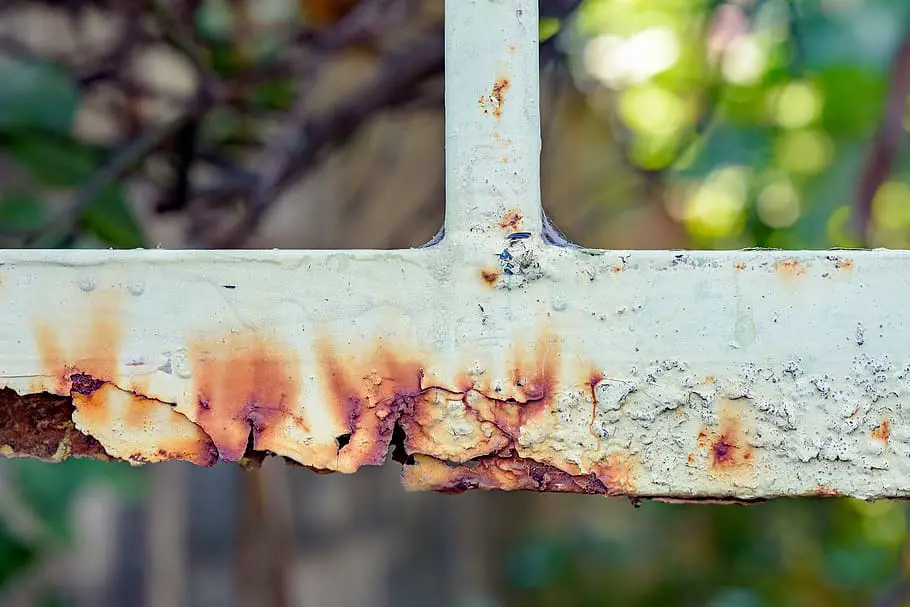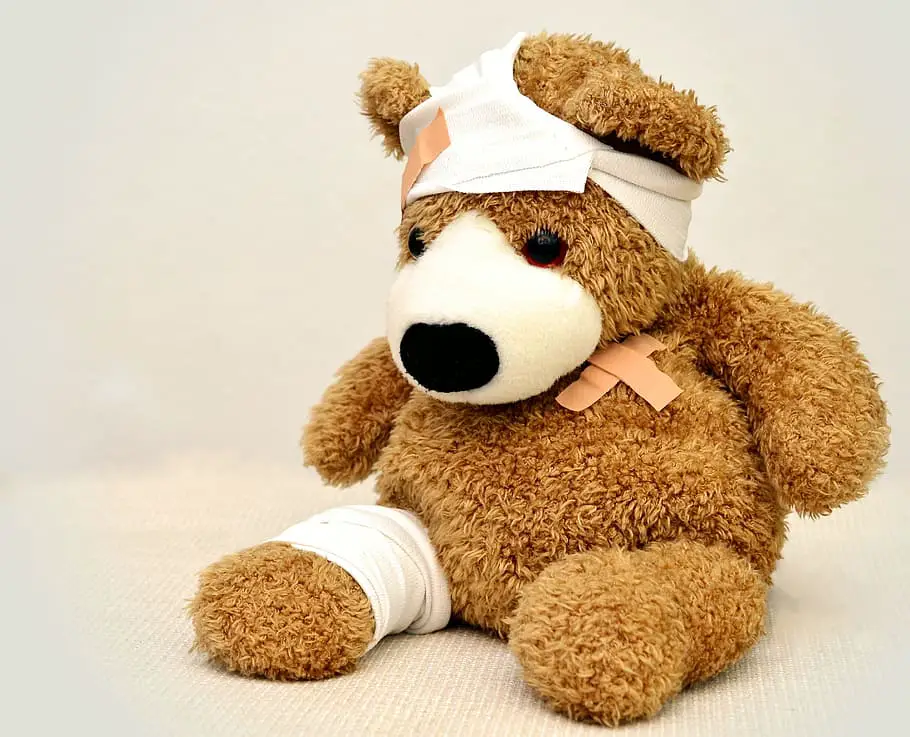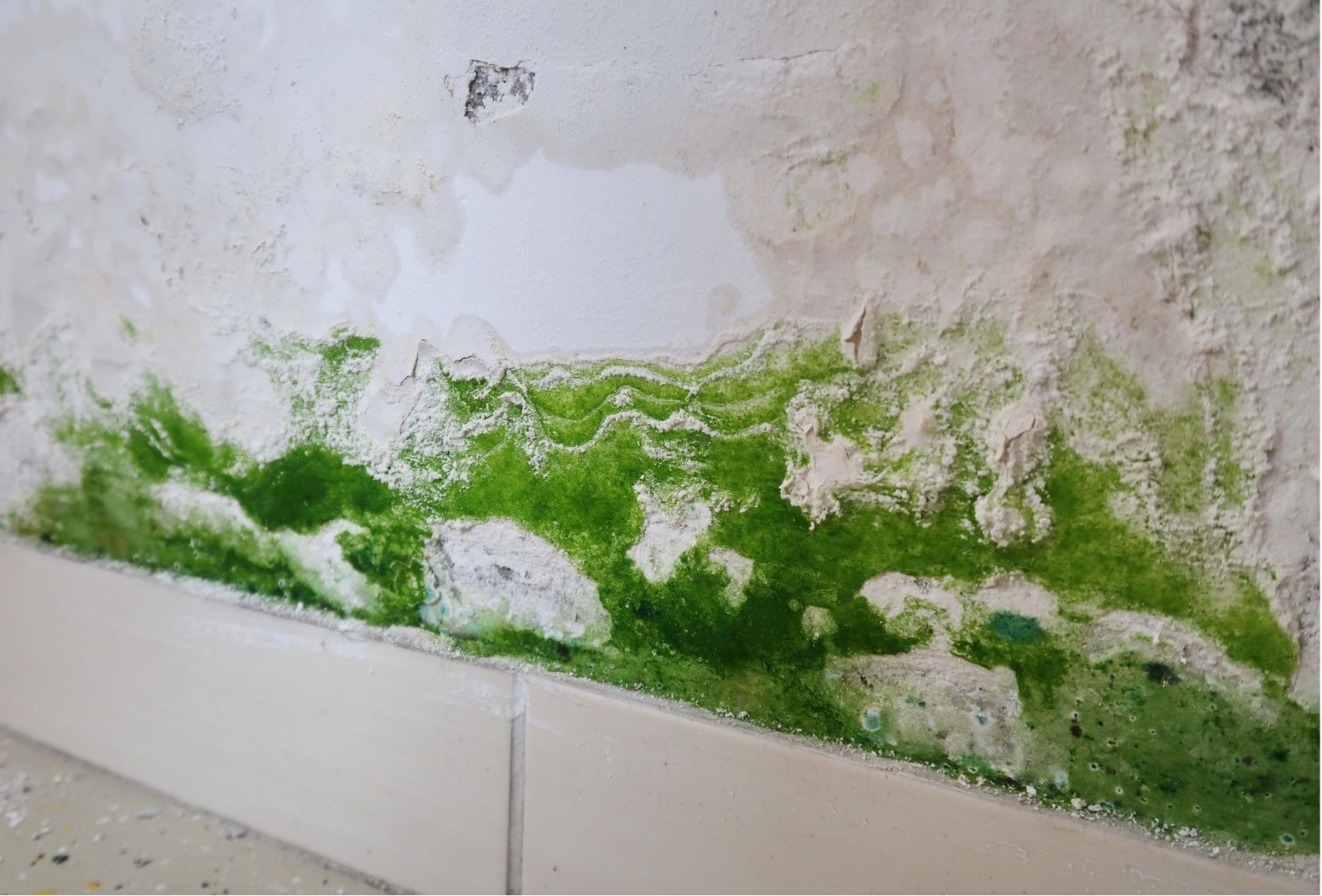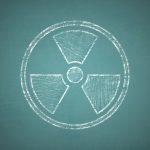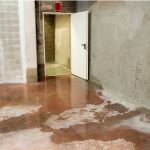Air purifiers can help reduce mold and mildew growth, but they are not a complete solution.
Mold and mildew are fungi that grow in damp conditions. They release spores into the air that can cause allergic reactions and other health issues. Controlling moisture is key to preventing mold growth, but air purifiers can provide added benefit by filtering some spores from the air.
Air purifiers are most effective when used along with other moisture control methods. This includes fixing leaks, running dehumidifiers, and improving ventilation. Air purifiers on their own cannot solve an underlying moisture issue.
Table of Contents
How Do Air Purifiers Help With Mold and Mildew?
Air purifiers work by drawing air through filters that capture particles. High-efficiency particulate air (HEPA) filters can remove over 99% of particles that pass through them, including some mold spores. Activated carbon filters also help by adsorbing gases and odors.
This reduces, but does not eliminate, the concentration of mold spores circulating in the air. Lower spore levels decrease the chances of triggering allergic reactions or breathing in large amounts of mold. Air purifiers may also slow down further mold growth by filtering out some spores before they can spread and develop into full-blown colonies.
For maximum benefit, strategically place air purifiers close to known mold sources. Focus on areas like bathrooms, basements and kitchens. Leave the air purifier running as much as possible to continually filter the air.
Pros of Using Air Purifiers for Mold and Mildew
Air purifiers offer several advantages for mold removal when used properly:
- HEPA filters capture most airborne mold spores from the air. This helps reduce mold exposure.
- Activated carbon aids with musty odors. It adsorbs volatile organic compounds (VOCs) that contribute to mildew smells.
- They continuously clean the air. Air purifiers run 24/7, providing constant mold spore removal.
- Portable units can target problem spots. Air purifiers are easy to move from room to room as needed.
- They improve air circulation. Good airflow helps combat stuffiness that encourages mold growth.
- Some models have additional features like UV-C light. The light can kill mold spores and prevent growth on the filter.
- Air purifiers don’t require installation. They plug into any electrical outlet and are ready to run.
Cons of Relying on Air Purifiers for Mold Issues
While air purifiers are helpful, solely relying on them has some drawbacks:
- They don’t fix the source of moisture. Excess humidity that enables mold will still persist.
- Mold spores can get released back into the air. When air hits the dirty filter, it knocks off trapped spores which flow back out.
- Filters must be replaced regularly. Old, filled filters recirculate more spores and are less effective.
- Spores are microscopic. Very small mold spores may still get through, even HEPA filters.
- Air purifiers only filter a portion of the air. Mold spores lurking in corners or crevices won’t get recirculated through the air purifier.
- They require maintenance. For proper performance, change filters on schedule and clean units regularly.
- Some models produce ozone. Ozone can irritate lungs and exacerbate asthma. Avoid these types of air purifiers.
- Air purifiers use electricity. Keeping them running continuously raises energy bills.
- They are only effective in limited spaces. A single unit realistically only filters part of a home or building.
Examples When Air Purifiers Help With Mold
Air purifiers can make a big difference with mold in certain situations:
- Using air purifiers to control bathroom mold. Frequent showers supply moisture mold loves. An air purifier reduces airborne spores between deep cleanings and grout treatments.
- Supplementing crawlspace moisture control. Along with a dehumidifier, air purifier filtration improves spore levels in damp crawlspace air that circulates throughout the home.
- Handling musty bedroom odors. For bedrooms prone to stuffiness, an air purifier captures spores and odors from mold growing in less visible areas like under the mattress.
- Clearing air after mild flooding. After drying out from minor flooding, an air purifier removes lingering mildew spores stirred up from damp spots while repairs are made.
- Polishing indoor air after remediation. Following professional mold remediation, run an air purifier to capture any remaining spores dislodged during cleanup.
Examples When Air Purifiers Are Not Enough
Some situations call for more intensive methods beyond just air purification:
- Major roof leak causing large visible mold growth. Fixing the water intrusion and remediating mold growth is vital. An air purifier can only help maintain cleaner air after addressing the root cause.
- Musty odor throughout an old home. Pervasive mildew smell indicates a widespread moisture issue. Along with upgrading ventilation, the mold source itself requires remediation since air purifiers have limited reach.
- Construction mold dust contamination. Renovation projects that kick up mold require specialized HEPA vacuuming and dust containment. Relying solely on an air purifier risks continued exposure from settled dust.
- Sensitive individuals with mold allergies/asthma. People particularly vulnerable to mold should consider professional mold inspection and remediation to completely eliminate mold. Air purifiers help but cannot guarantee full elimination.
- Commercial buildings with mold problems. Large spaces usually require HVAC modifications and potentially major mitigation efforts. Air purifiers have minimal impact on their own in expansive environments.
| Pros of Air Purifiers for Mold | Cons of Relying on Air Purifiers for Mold |
|---|---|
| HEPA filters capture spores | Don’t fix moisture source |
| Activated carbon aids odors | Spores re-released into air |
| Continuously cleans air | Filters must be replaced |
| Portable to target spots | Some spores get through |
| Improve air circulation | Only filter portion of air |
| Optional UV-C light | Require maintenance |
| No installation needed | Potential ozone production |
| Use electricity | |
| Limited effective range |
Frequently Asked Questions
1. Will an air purifier completely remove all mold from my home?
No, air purifiers cannot completely eliminate mold on their own. Air purifiers help capture airborne spores but do not fix the moisture issue that allows mold to grow.
2. How often should I change the filter in my air purifier to control mold?
Change the HEPA filter at least every 6 months. Filters that capture mold spores become less effective over time. Follow manufacturer instructions for your model’s ideal filter replacement frequency.
3. What is the best air purifier technology for mold and mildew?
Look for units with true HEPA filters, ideally with activated carbon too. Avoid ozone-generating air purifiers which can worsen lung problems.
4. Where should I place an air purifier to reduce mold exposure?
Position air purifiers close to known problem areas with recurring mold growth like bathrooms, basements and kitchens. Also consider units for bedrooms prone to humidity.
5. Will an air purifier get rid of mold smell or musty odors?
Yes, activated carbon filters in air purifiers help eliminate odors caused by mold growth. However, removing the mold source is still important to address the problem fully.
6. Can I run air purifiers all the time to control mold?
Yes, run air purifiers continuously for maximum mold spore removal. Just be sure to change filters as needed and clean the unit regularly for proper maintenance.
7. Is it safe to use ozone-generating air purifiers to remove mold?
No, avoid using ozone air purifiers. The ozone they generate can worsen breathing issues which is dangerous for asthma sufferers and those sensitive to mold.
Conclusion
Air purifiers provide helpful supplemental filtration to curb airborne mold spores. But truly controlling mold requires fixing the moisture issue first. Use air purifiers strategically in combination with other methods like dehumidifiers, ventilation improvements, and mold remediation when necessary. Work to reduce humidity levels and repair all leaks before relying solely on air purification for mold problems.


